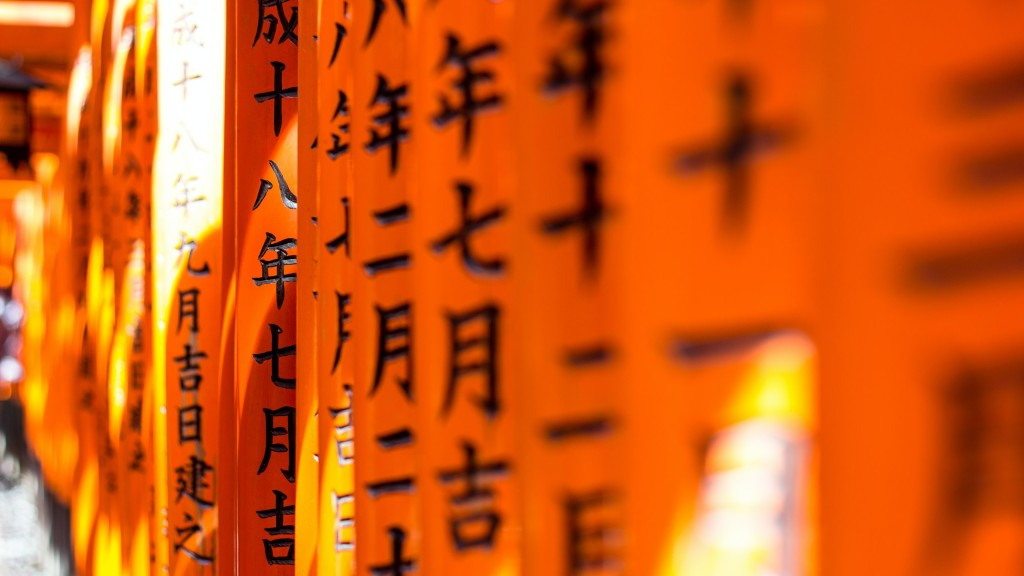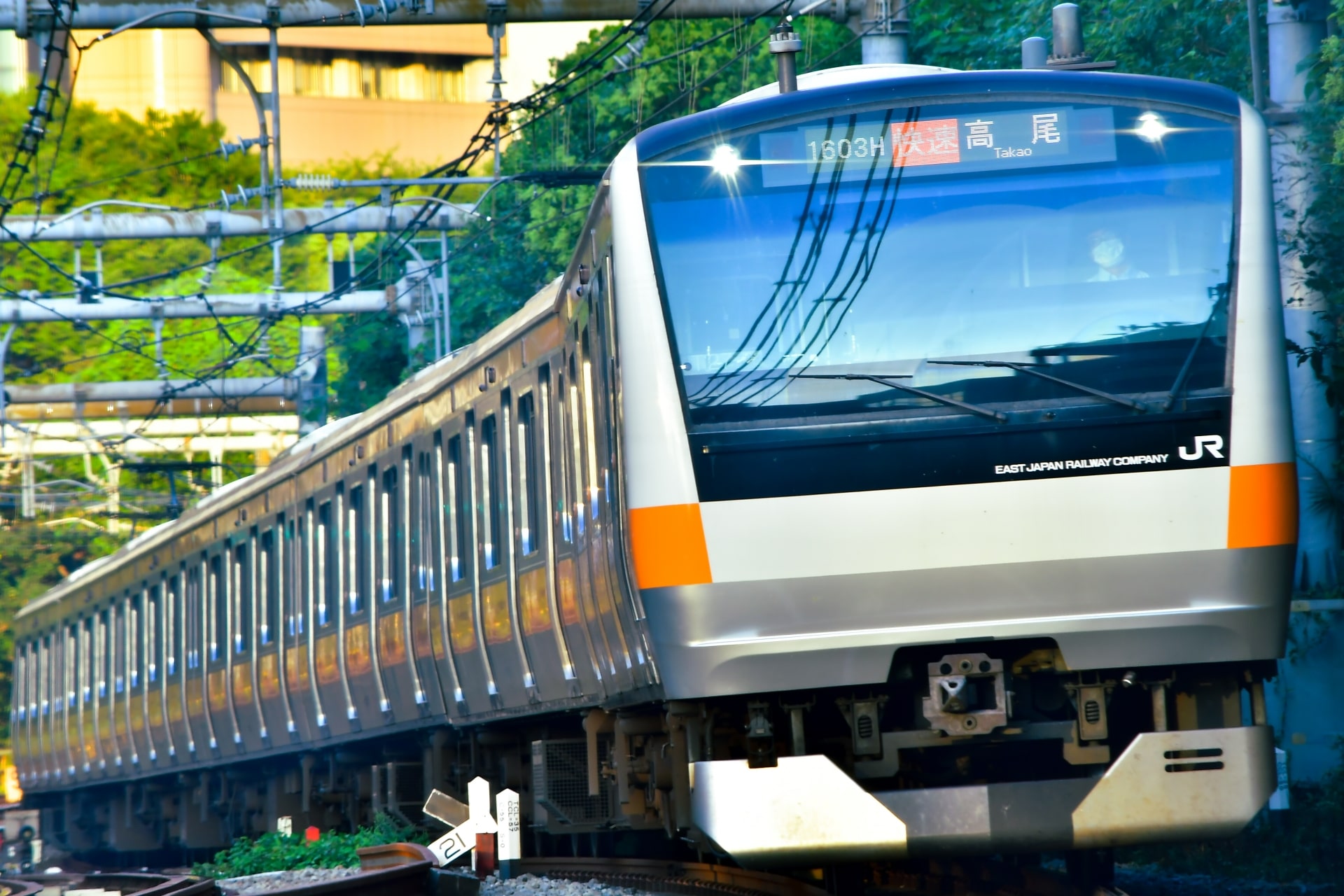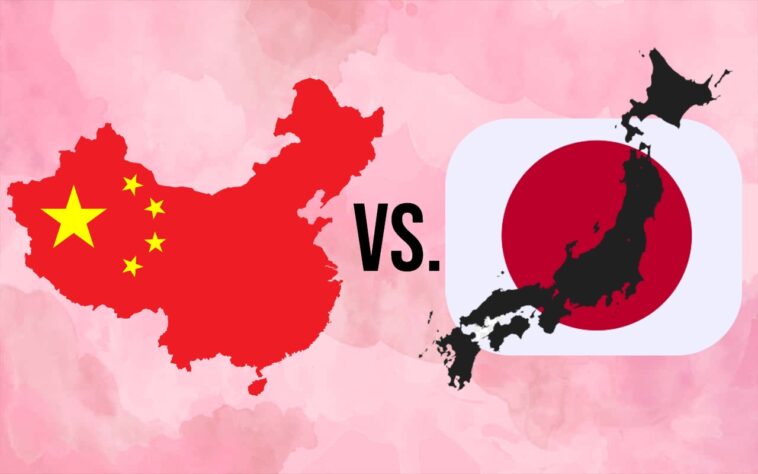Asia, the world’s largest continent, is a mosaic of cultures, traditions, and histories that have left an indelible mark on global civilization. Among its myriad countries, China and Japan stand out as crowning jewels that have continued to enchant millions of adventurers, historians, and travelers annually. Beyond their geographical proximity, these two nations present a study in contrasts, both subtle and pronounced. Their shared Asian identity is juxtaposed against rich, individual histories, distinct cultural landscapes, and daily practices that are often worlds apart. Travelers seeking a deep connection with these countries will find that understanding these nuances significantly elevates their experiences.
Cultural Roots and Influences
With chronicles dating back millennia, China and Japan are veritable repositories of ancient knowledge, traditions, and customs. In China, Confucianism has been the bedrock of societal values for centuries. This philosophical system emphasizes the importance of family ties, the reverence of elders, and the pursuit of harmony in personal and public relationships. On the other side of the sea, Japan is firmly rooted in the indigenous beliefs of Shintoism. Beyond just a religion, Shintoism intertwines with daily life, celebrating the beauty of nature, the sanctity of life, and veneration of ancestors. Rituals, purity rites, and festivals abound in Shinto practices. Over centuries, these philosophical backdrops have deeply influenced every facet of Chinese and Japanese life, be it in their art, politics, or everyday interactions.
Language: A Tale of Two Tongues

The languages spoken in China and Japan exemplify the stark contrasts between these neighbors. In China, the mellifluous tones of Mandarin echo through its vast stretches, each tone imparting unique meanings to words. The country’s embrace of simplified characters in its script is noteworthy, though traditional characters still find favor in regions like Taiwan and Hong Kong. In Japan, the linguistic landscape is a fascinating amalgamation of scripts – the Kanji (borrowed and adapted Chinese characters), the rounded Hiragana, and the angular Katakana. The spoken intricacies of Japanese are unique, further emphasizing the diverse linguistic paths the two nations have treaded over time.
Culinary Delights: A Feast for the Senses
Food is more than sustenance; it’s a narrative of a nation’s history, climate, and spirit. China, with its sprawling landscapes, offers a gastronomic odyssey that ranges from the fiery hotpots of Sichuan to the delicate dim sums of Guangzhou. Each region boasts its distinctive palette, from the hearty dishes of the North to the nuanced flavors of the South, the sea’s bounty in the East to the robust flavors of the West. Japan’s culinary repertoire, on the other hand, is a study in precision and aesthetics. Beyond the globally popular sushi, sashimi, and tempura, there lies an array of dishes crafted with meticulous care. The idea of ‘umami’, often described as the ‘fifth taste’, pervades Japanese cooking, emphasizing harmony and balance in every dish.
Social Grace and Etiquette
Navigating social interactions in China and Japan requires an understanding of their distinct norms. In Japan, the art of bowing is not just a greeting but a reflection of respect, hierarchy, and context. China, though familiar with bowing, has increasingly adopted handshakes, particularly in urban and business settings. The ritual of gift-giving, laden with symbolism and meaning, is pivotal in both cultures. Yet, the nature, wrapping, and even the timing of these gifts can vary widely between the two nations.
Navigating the Terrain: Transportation Wonders

Japan’s rail network, epitomized by the lightning-fast Shinkansen or bullet trains, is a marvel of punctuality, speed, and efficiency. Every journey is a testament to Japan’s commitment to precision. China, however, impresses with the sheer scale and ambition of its transportation infrastructure. The vast high-speed rail networks crisscrossing the country connect its far-flung corners, making travel both convenient and fast. Modern technology aids travelers in both nations, with a plethora of transportation apps simplifying journeys.
Currency and the Digital Evolution
As global economic giants, both China and Japan have robust financial systems. China’s Renminbi (RMB) is increasingly gaining international traction, and the nation is at the forefront of the digital payment revolution. Platforms like Alipay and WeChat Pay have transformed transactions, rendering cash obsolete in many scenarios. Japan, with its trusted Yen, has been a bastion of cash transactions. However, the winds of change are evident as digital payments gradually permeate the Japanese market.
Internet Landscape: Freedoms and Restrictions
The digital realm in China is unique, thanks to the ‘Great Firewall’. This stringent internet censorship makes several international platforms and websites inaccessible. For travelers, VPNs become more than just tools; they’re lifelines to the global internet. Japan, in stark contrast, provides an unrestricted internet landscape, free from the need for such workarounds. So, when you travel beyond the Great Wall you need to search for the best vpn for China and ensure free flow of the internet.
Rest and Rejuvenation: Accommodation Choices
Accommodation in China varies from luxury skyscraper hotels to quaint guesthouses, catering to every traveler’s preference and budget. Japan offers a culturally immersive experience with traditional ryokans – inns that offer a taste of classic Japanese hospitality. Additionally, the innovative concept of capsule hotels in Japan, emphasizing space efficiency, provides travelers with a unique lodging experience, rarely found in China.
Markets, Malls, and the Art of the Deal

Stepping into Chinese markets is an adventure, where the lively art of bargaining is often expected and can lead to rewarding deals. Japanese shopping, on the other hand, is a serene experience. Prices are usually fixed, and the emphasis lies on service quality, politeness, and ensuring customer satisfaction.
Historical Tapestry: Landmarks and Spirituality
Both nations beckon history enthusiasts with their treasure troves of landmarks. China’s Great Wall, a monument to human ambition and perseverance, contrasts with the ethereal beauty of Kyoto’s temples in Japan. These temples, like the golden Kinkaku-ji, are oases of peace, providing solace to the soul. Meanwhile, China’s Forbidden City stands as a testament to imperial grandeur and architectural mastery.
Concluding Thoughts and Tips for the Intrepid Traveler
China and Japan, while neighbors, are distinct tapestries of history, culture, and innovation. For those eager to explore these lands, it’s essential to approach with an open mind. Equip yourself with tools like VPNs for seamless connectivity in China, and above all, respect the local customs and traditions. As you delve into the depths of these civilizations, the rich rewards of understanding and discovery await.




